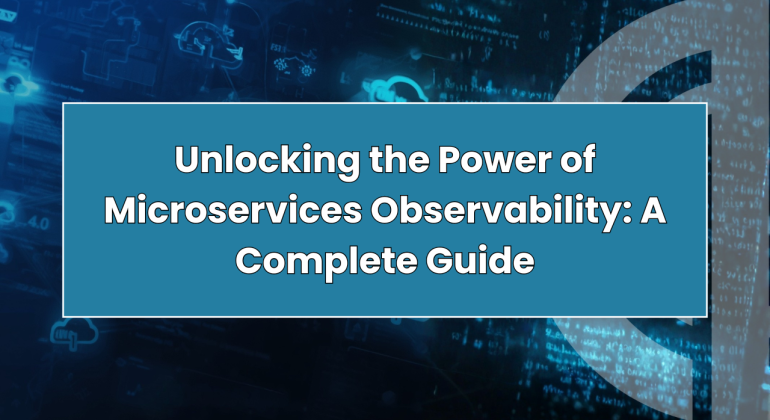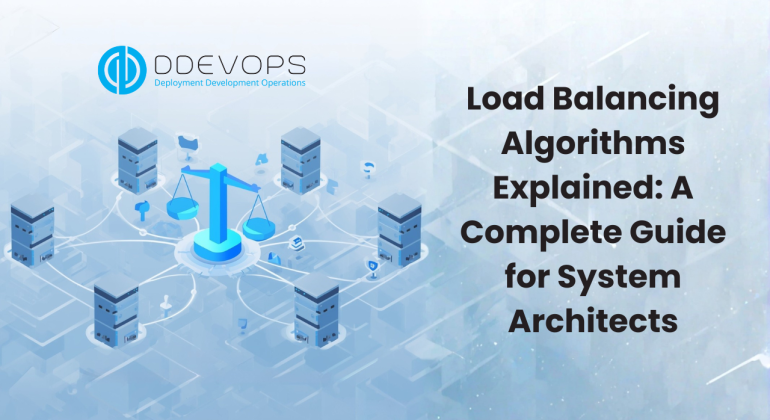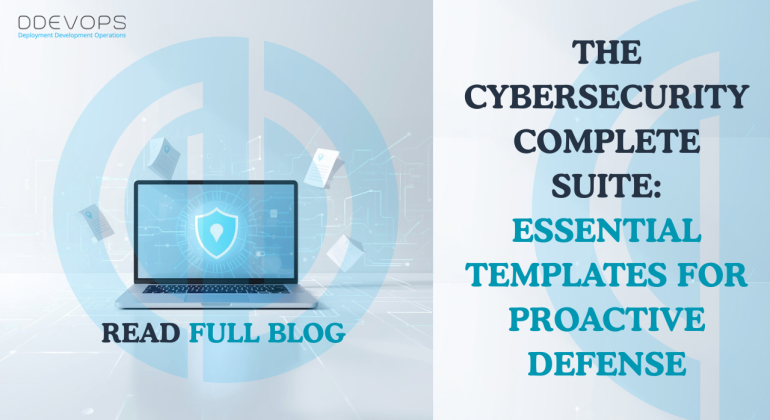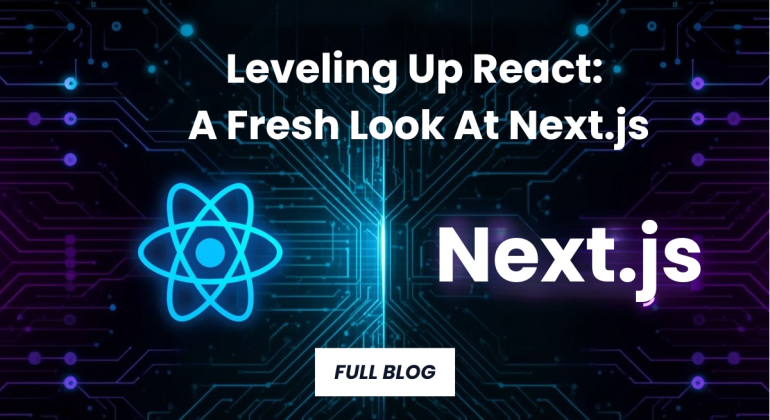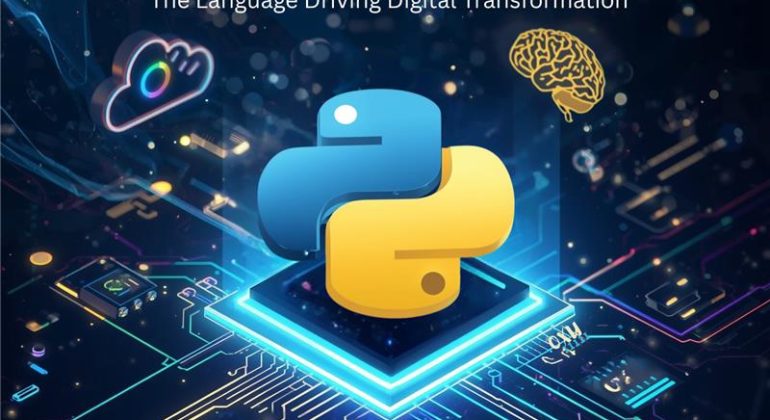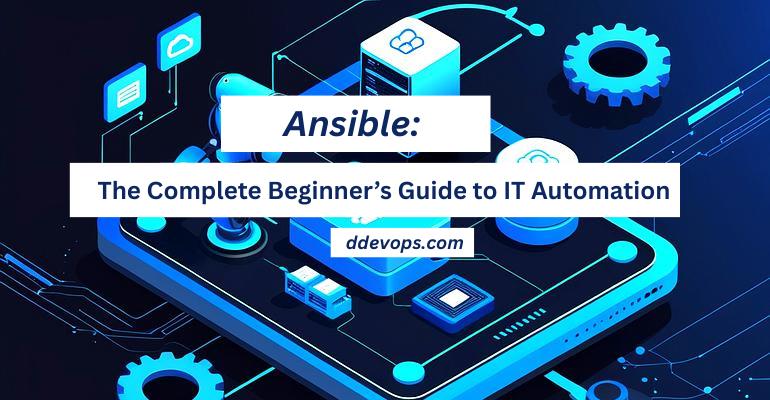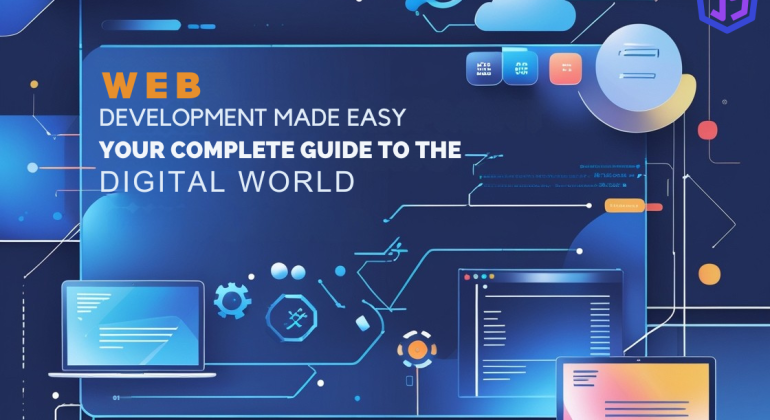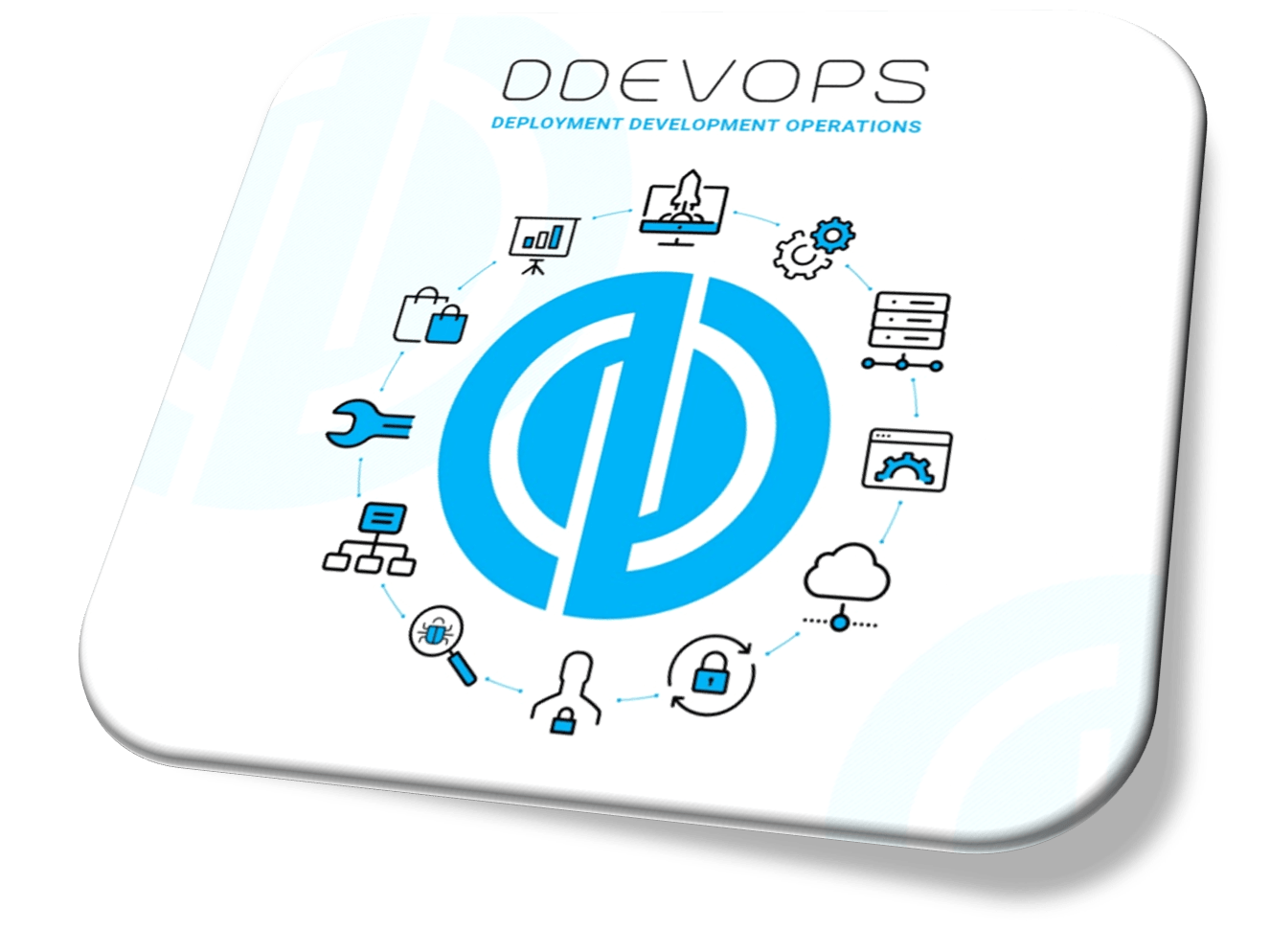How Cybersecurity Teams Can Work Better with DevOps
How Cybersecurity Teams Can Work Better with DevOps Table of Contents INTRODUCTION In the era of fast software delivery and cloud-based architectures, the traditional boundaries between development, operations, and security are diffusing. Yet, still many teams struggle to bring cybersecurity and DevOps together. The result? …
Unlocking the Power of Microservices Observability: A Complete Guide
Mastering Microservices Observability Table of Contents Beyond the Dashboard: Implementing the Golden Signals for Microservices Observability (Metrics, Logs, and Traces) Part I: The Foundation of Modern Observability 01. Introduction: The Observability Paradigm Shift In today’s world of microservices and division systems, complexity is the norm. …
Load Balancing Algorithms Explained: A Complete Guide for System Architects
Load Balancing Algorithms Explained: A Complete Guide for System Architects Table of Contents Introduction: In today’s division on digital environments, load balancing is essential for ensuring high availability, scalability, and performance across servers. Whether you’re managing cloud infrastructure, web applications, or microservices, choosing the right …
The Cybersecurity complete Suite: Essential Templates for Proactive Defense
The Cybersecurity Complete Suite: Essential Templates forProactive Defense Table of Contents Introduction: In modern digital world, a good cybersecurity demands more than technology, it requiresdocumentation, process, and preparedness. An organized suite of templates and documents isthe backbone of any mature security program, ensuring consistent response, …
DevOps Log Management Guide: Improve Observability, Monitoring and Speed:
DevOps Log Management Guide: Improve Observability, Monitoring and Speed: Table of Contents Introduction: In the fast-moving world of DevOps—where CI/CD pipelines and microservices are the everydayreality—knowing exactly what’s happening in your systems is critical. Manual checks won’tkeep up. You need real-time, end-to-end visibility. That’s why …
Leveling Up React: A Fresh Look At Next.js
Table of Contents 1. What is Next.js? If you’ve been building web apps with React, chances are you’ve heard about Next.js. It’s become one ofthe go-to frameworks for developers and companies who want apps that are fast, scalable, and easy tofind on search engines. But …
Python Programming: A Smart Start for Tech Careers
Table of Contents 1. What is Python? Python is a high-level, interpreted programming language known for its clean syntax and readability. It’s beginner-friendly yet powerful enough for enterprise-level applications. 2. Why Learn Python? For DevOps engineers, Python is a go-to tool for writing automation scripts, …
Ansible: The Complete Beginner’s Guide to IT Automation
Table of Contents Introduction to Ansible Ansible is an open-source automation tool used for managing, configuring, and deploying IT infrastructure.Its purpose is to automate repetitive tasks, save time, and reduce human errors.One of its biggest advantages — Ansible is agentless, meaning no extra software is …
Web Development Made Easy: Your Complete Guide to the Digital World
TABLE OF CONTENT INTRODUCTION In today’s digital-first world, web development isn’t just a unique skill — it’s a must-have forbusinesses, educators, and creators alike. But let’s be honest: for many, the world of webdevelopment can feel overwhelming. Front end, back end, databases, APIs, frameworks —where …
Mastering Kubernetes: The Complete Beginner’s Guide
Table of Contents What is Kubernetes? Kubernetes (often abbreviated as K8s) is an open-source container orchestration platform developed by Google. It automates the deployment, scaling, and management of containerized applications. Why Use Kubernetes? Core Components of Kubernetes In simple terms, Jenkins helps dev teams ship …


